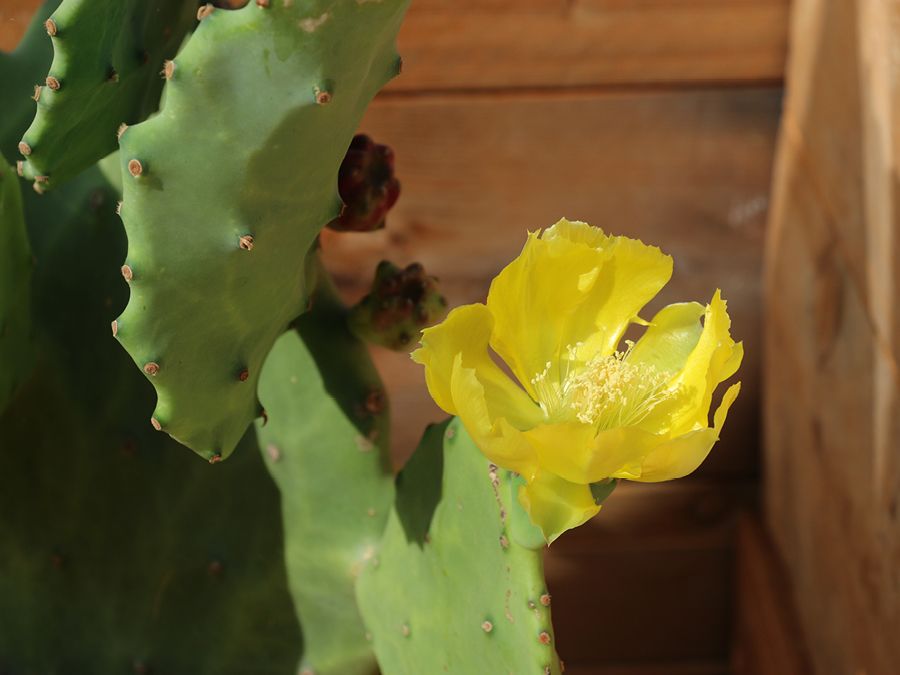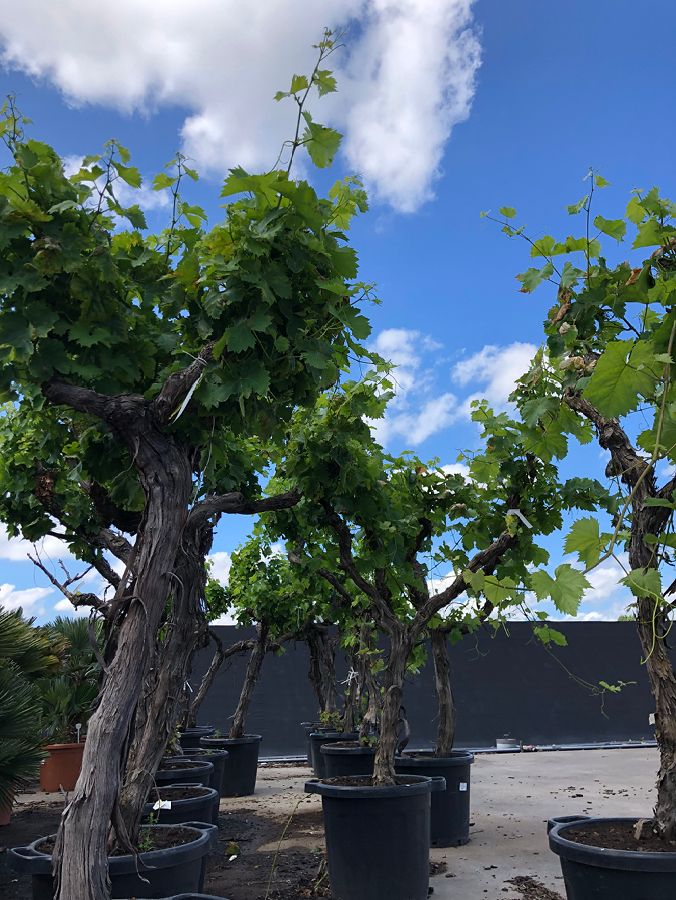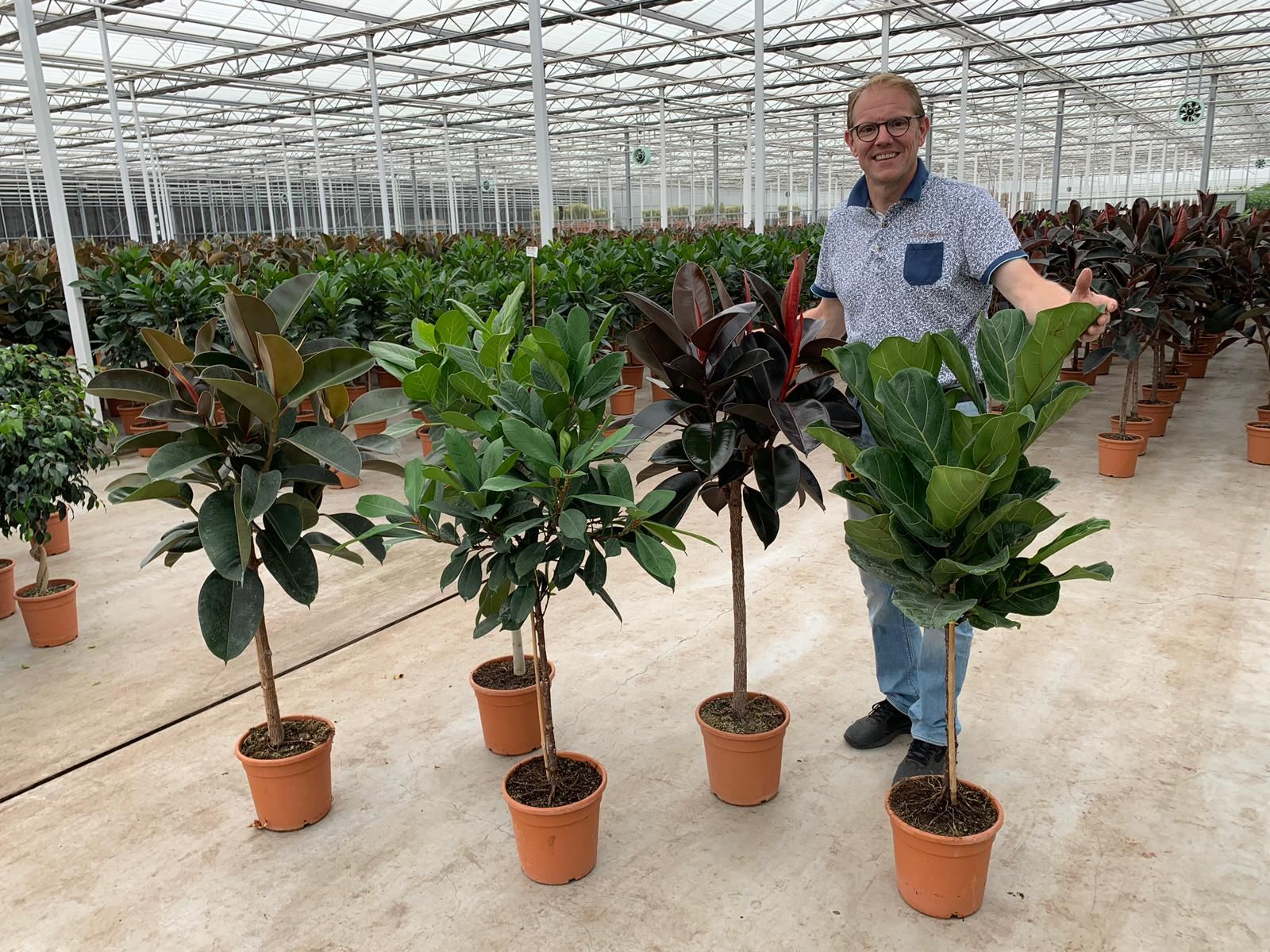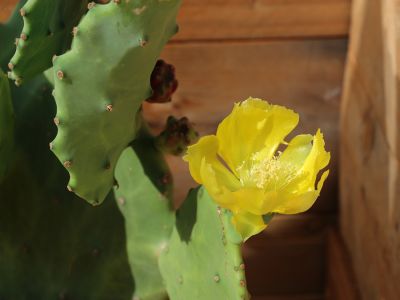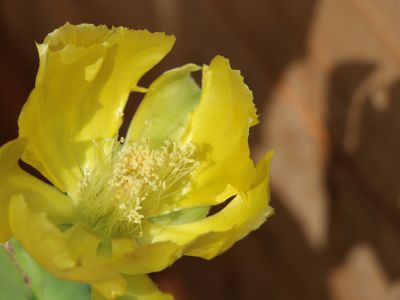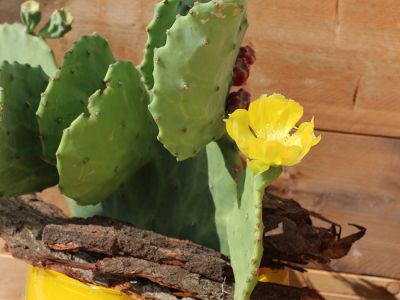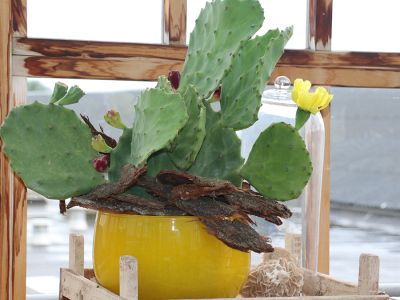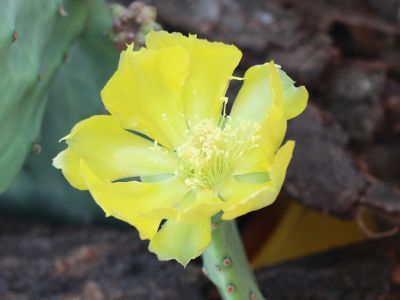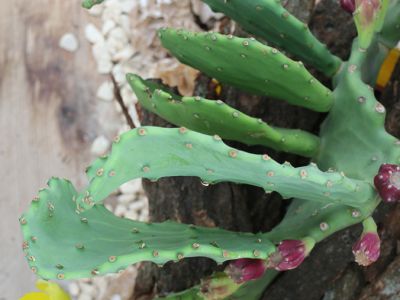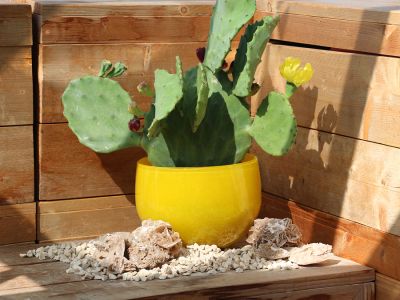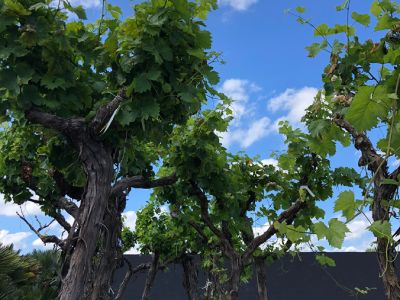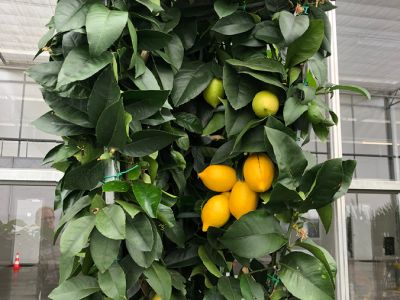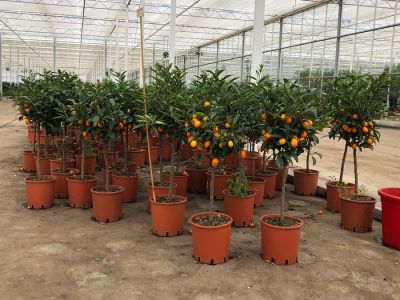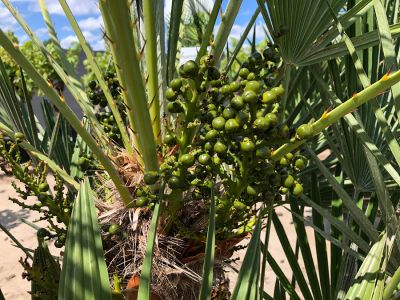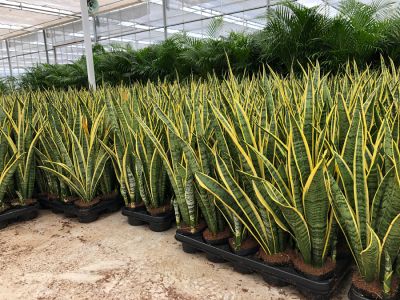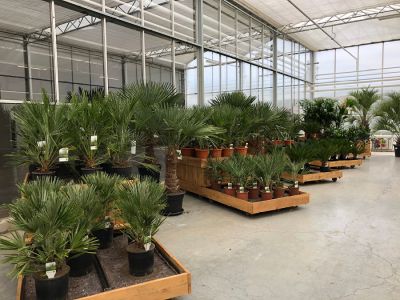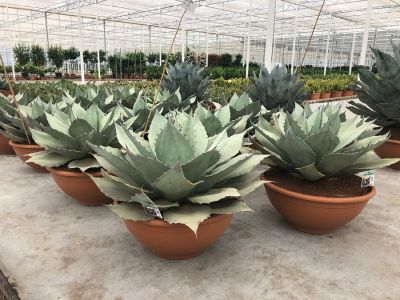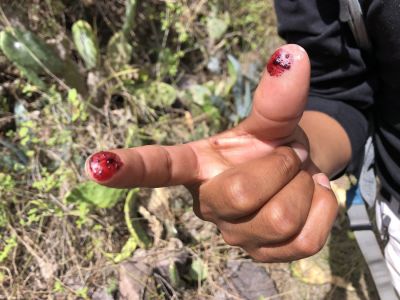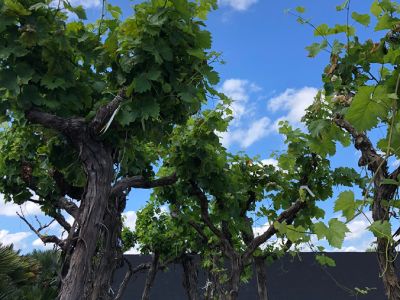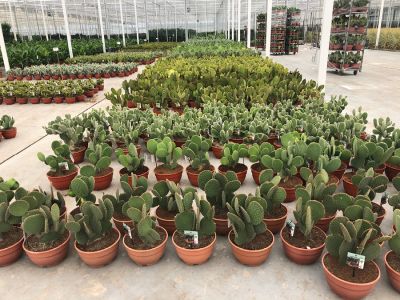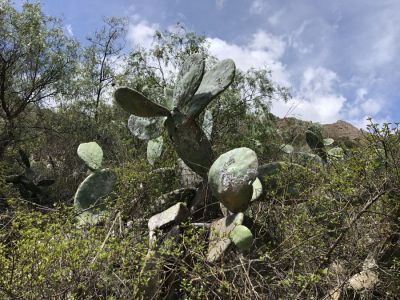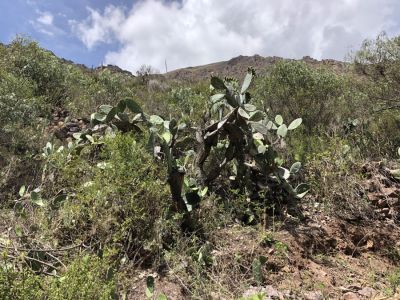Opuntia undulata
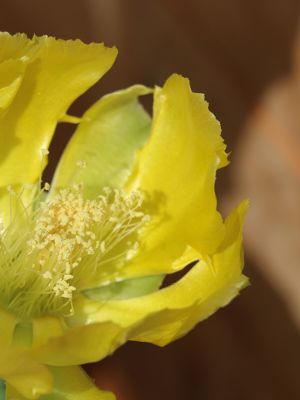
Calendar
In the spotlights
At only two kilometers from the FloraPodium we suddenly feel like we’ve travelled all the way to the Mediterranean. Olive trees, Citrus plants, Callistemon and Bougainvillea are just a small selection from the large assortment. RM Plants specializes in the import and cultivation of various indoor and outdoor plants. We know the company as a specialist with losts of innovations; a must-visit for FloraPodium! So that’s exactly what we did: we visited RM Plants and spoke with the founder of the company, Rémi van Adrichem.
Versatile range
Every week containers and trucks full of plants arrive in the Netherlands, offering plenty candidates for a FloraPodium product for this month. RM Plants is known for their high quality products and flexible delivery. Many customers buy from RM Plants because they always offer those unique plants that simply can’t be found through the regular channels. Their range is so versatile that every month features a different new plant, providing RM Plants therefore with not just one but as many as twelve peak months. They have something special on offer throughout the year.
Disc cactus
The plant that we would like to put in the spotlight this month is the Opuntia undulata, also known as disc cactus or fig cactus. Cacti are hotter than ever! This beautiful flowering cactus blooms every year and after flowering it produces edible cactus figs. It is a nice robust plant that would be an asset to any living room and in the summer it is also very suitable as a patio plant.
Originally this beautiful flowering cactus comes from Mexico. Some of the Opuntia varieties are specially grown for the edible figs and for the young discs. These young discs are used as vegetables.
Another little fact worth knowing: this cactus is often inhabited by the Chochenille louse. This is a louse that is used for the production of dye; the louse has a radiant red colour when squished. This colorant is used, for example, in the makeup industry. In Peru, Mexico, Chile and the Canary Islands, these cacti are grown for this exact purpose. On the photos you can see the bright red juice of the louse.

Care
Place the cactus in a place with lots of light and try to imitate the desert environment as much as possible. The Opuntia loves a nice warm spot on the windowsill, but prefers not to be in the bright afternoon sun. The reason for this is that the plant is behind glass which is not something the plant is used to it in its natural environment. Do not give the plant too much water! It is better to give a splash of water once every few weeks, than a little every day. From November to February the cactus does not actually need water.
With all its spines, the cactus is not the easiest plant to repot. Yet it is good to regularly give this desert plant a new pot; it will become healthy and big. In addition to gloves, a good tip for repotting is to use a rolled up newspaper to protect your hands against the small thorns.
Bear in mind that the cacti sometimes have glochids in addition to the long spines. These are small cushions of very small needles with barbs. If you touch them, they break down easily and stay behind in the skin causing rashes and irritation.
The cultivation
Owner Rémi says that the success of his company is for a large part due to a good and very intensive cooperation with growers and suppliers of starting material. RM Plants works with growers around the world in various forms of cooperation. At the nursery in the Netherlands, the plants are hardened, potted and soaked. By often visiting the growers he works with, he invests in building a good relationship, and because the cooperation with these suppliers is so intensive, RM Plants often gets first choice and is allowed to order the really special and attractive products. Because of this you will always find crazy and unusual things in the RM assortment that you will not find anywhere else.
Optimal climate
The nursery in the Netherlands has four separate climate zones that can be controlled separately in terms of light, temperature and humidity. An optimal climate can therefore be ensured per product group. With the help of special fans, it can even create a heavy wind in the nursery which in its turn creates a sub-climate. Water is supplied with an ebb and flow system. With this water system the plants are put in a layer of water, the plant can then absorb water with the roots. The water will drain away after a few minutes, so that the roots cannot rot. The plants absorb just enough water to thorougly moisten the root ball.
Collaborations
As said earlier, RM Plants has an intensive collaboration with many growers. The growers come from Italy, Spain, Honduras, Guatemala, Costa Rica and China, among others. On the one hand, there are companies that grow plant material for RM Plants. On the other hand, there are companies that supply half grown products on a contract basis. The products arrive in the Netherlands by boat or truck. Some plants take three to four weeks to arrive at RM Plants. Immediately after arrival, the plants are placed in one of the four zones where the most suitable climate prevails at that moment so that the plant can recover and the breeding process can start.
Durability
RM Plants is committed to sustainability and corporate social responsibility. In addition to the MPS A + MPS-Gap and MPS-SQ certification, work is now being done on the Fruit and Vegetable certification. The company also works with reusable transport packaging and a large part of the grow pots is reused several times. In addition, the nursery is equipped with a very inventive energy-efficient heating installation.
FloraPodium, 8 July 2019







